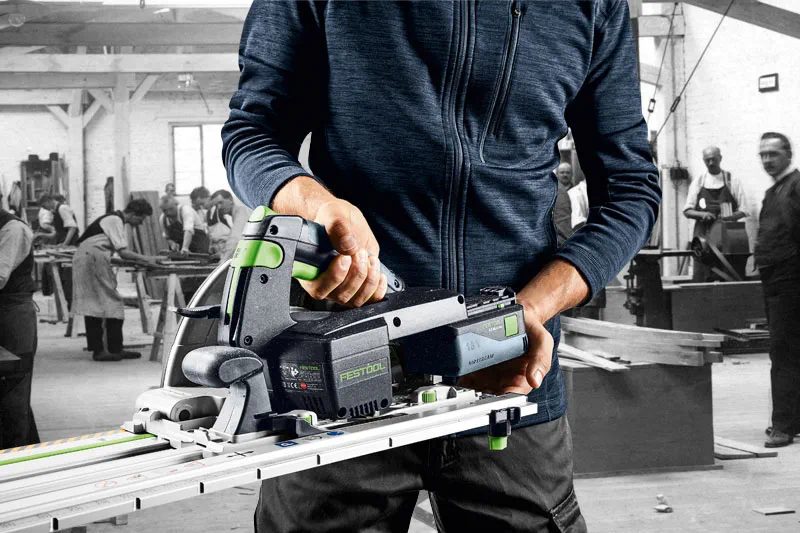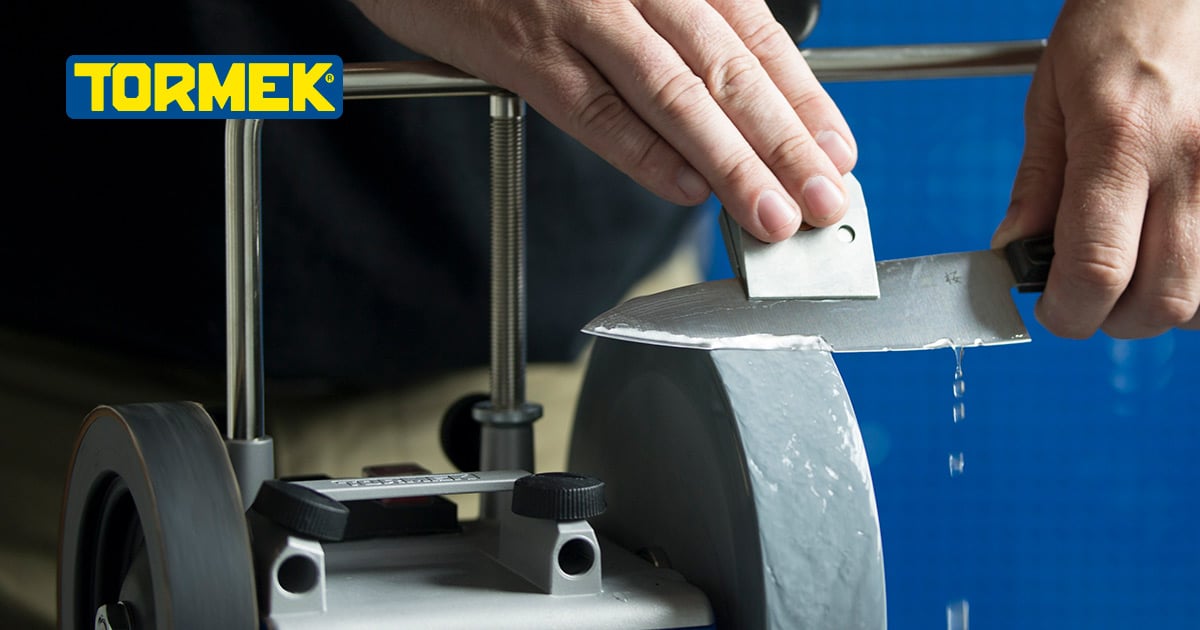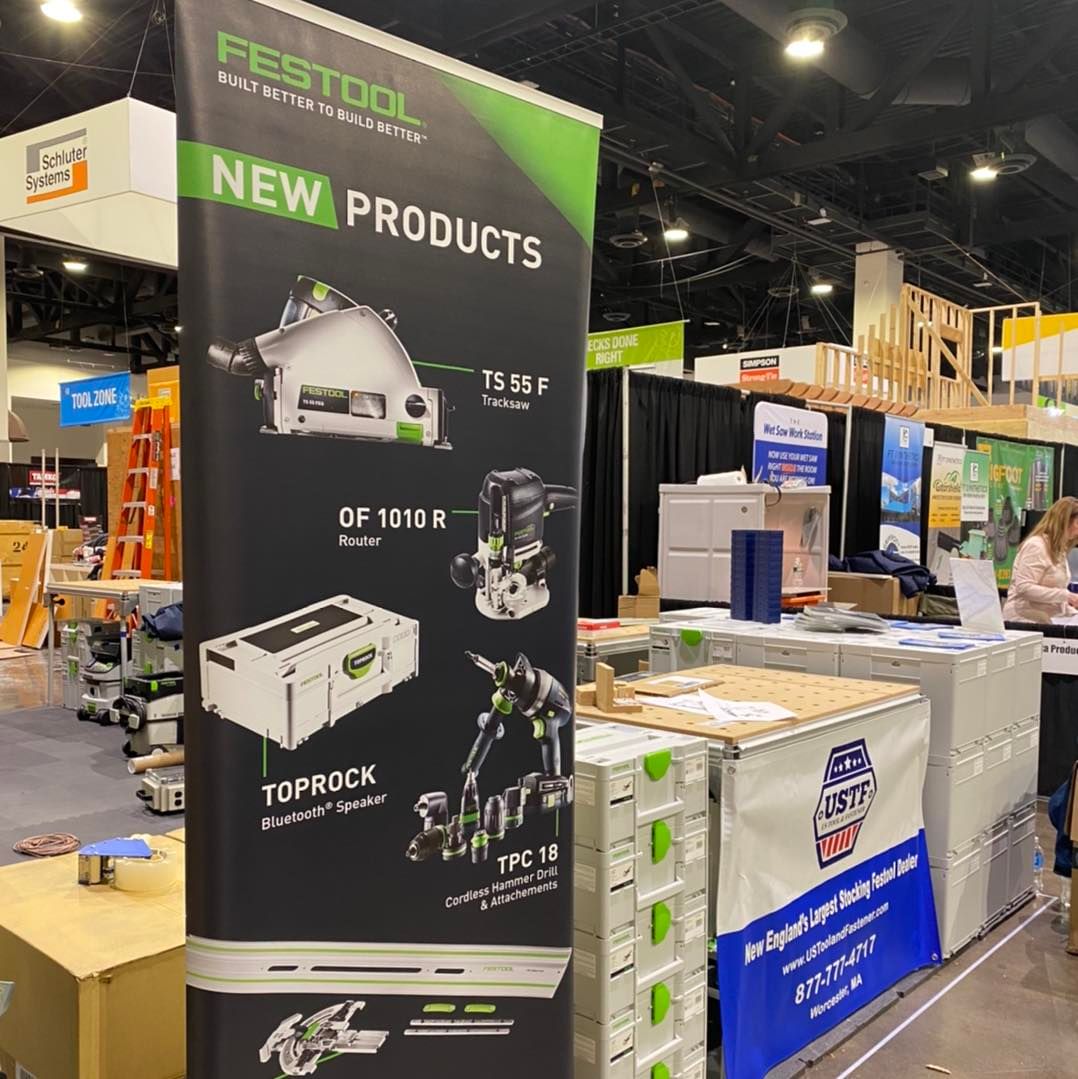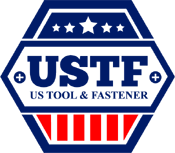Whether you’re remodeling a kitchen, adding a divider wall, or building an addition on your home, installing your own drywall can save you a lot of money and provide a sense of accomplishment that you just can’t get by hiring out the work. But you’ll need to work like a professional to get the job done right the first time. Here are some tips and tools for your next drywall job that will guarantee an expert touch that lasts:
Know Your Boards
Make sure you’ve selected the proper panels for your job before you get ready to hang. Drywall comes in a variety of thicknesses and sizes that vary depending on application. Most door and window frames are designed to be paired with ½” drywall, so you’ll most likely be using that size for your home renovation or repair job, but drywall panels also come in ¼”, ⅜ “, and ⅝”. Panels generally come in a width of 48” and range in length from 8 to 10 feet, but can be as long as 16 feet. Sheets can be water or fire resistant for use in spaces like bathrooms and garages.
Match Your Screws to Your Material
One of the most essential components to a quality drywall job is knowing what length of screw to pair with what material to keep your sheets secure. For instance, if you’re attaching drywall to wood framing, you’ll first want to make sure you’re using screws that are made specifically for that application. The threads on these screws are larger and coarser than usual to provide better grip in wood. If you’re using ½” sheets, your screw should be long enough to go into the wood at least ⅝”. This will require a screw that is at least 1 ¼” long.
If you’re attaching drywall to metal framing, however, you’ll have two choices for screws: fine drywall screws for 20-to-25-gauge metal-framing, and self-drilling drywall screws for 12-to-20-gauge metal framing. Both of these screws have finer threads than those designed for wood framing. If you’re working with ½” sheets, your screw will have to go into the metal at least ⅜”, which means the screw will need to be at least 1” long.
The success of your finished product relies heavily on ensuring your drywall is properly secured and your screws well-hidden just below the paper. The Festool Cordless Drywall Gun simplifies this process considerably. To get started, all you’ll have to do is adjust the head-depth setting on either the auto-feed head or standard depth chuck, press the business end up against the drywall in the correct position, and let, the gun do all the work.Your screw will be automatically driven into the wall at the depth you’ve set. Repeat this process until you’ve got enough screws to keep your drywall secure.
Use the Right Joint Compound
Once you’ve secured your panels, it’s time to finish those joints and corners with joint compound. This gypsum-based paste is used to finish panel joints, corner bead, trim and fasteners, as well a skim-coating. Joint compound comes in four basic types for use in a range of applications:
- All-Purpose
This compound comes pre-mixed in buckets and boxes and can be used in all phases of the finishing process. While not as strong as other types, all-purpose compound is lightweight and slow-drying, making it the easiest to work with and most common option among DIYers.
- Topping Compound
This compound is generally used for final coats. Topping compound offers a strong bond and a low-shrinking finish, but comes at a cost of convenience for the user. Unlike all-purpose compound, topping compound comes as a dry powder and is mixed with water before use. This compound should not be used for first coats.
- Taping Compound
This compound is most commonly used to cover plaster cracks, especially those around door and window openings caused by house setting. Taping compound is most commonly used for embedding joint tape in the first phase of finishing drywall joints. It’s also used for laminating drywall panels in multi-layer partitions and ceilings.
- Quick-setting compound
While not ideal for the first timer, this compound is especially useful for applying multiple coats in a single day for a quick finish or for filling deep cracks and holes in drywall or plaster. Quick-setting compound comes in a dry powder to be mixed with water for immediate application and dries by chemical reaction, unlike other compounds. This compound is also ideal for high-humidity areas where damp conditions can hinder natural drying.
Applying the Finishing Touches
Once you’ve identified every blemish in your newly hung drywall, it’s time to sand them away to create a flat, smooth surface. This will be your last chance to perfect your work. Sanding can be the most challenging task of all, as many of the flaws and defects are hardly visible to the naked eye, and every inch of drywall needs to be covered, even those hard to reach spaces.
Try using a light like the Festool Surface Control Light to ensure no imperfections survive your finishing stage. The surface control light offers a form factor that allows it to shine close to the surface and really scour your work for flaws so you don’t end up discovering them too late.
Once you’ve gotten a good look at your work and the problem areas that will need to be addressed, try pairing your surface light with the Festool Planex Drywall Sander to smooth them out. This sander offers an extended reach which allows you to hit difficult spaces from where you stand, sparing you the time you’d spend moving and setting up ladders. Once you’ve finished sanding, your drywall journey will be at its end and your walls will be paint-ready.
Properly hung and finished drywall is an essential component to a successful remodel, whether you’re working on a customer’s home or your own. These tips and tools will give you a solid foundation to get you started on a seamless drywall job that lasts.









